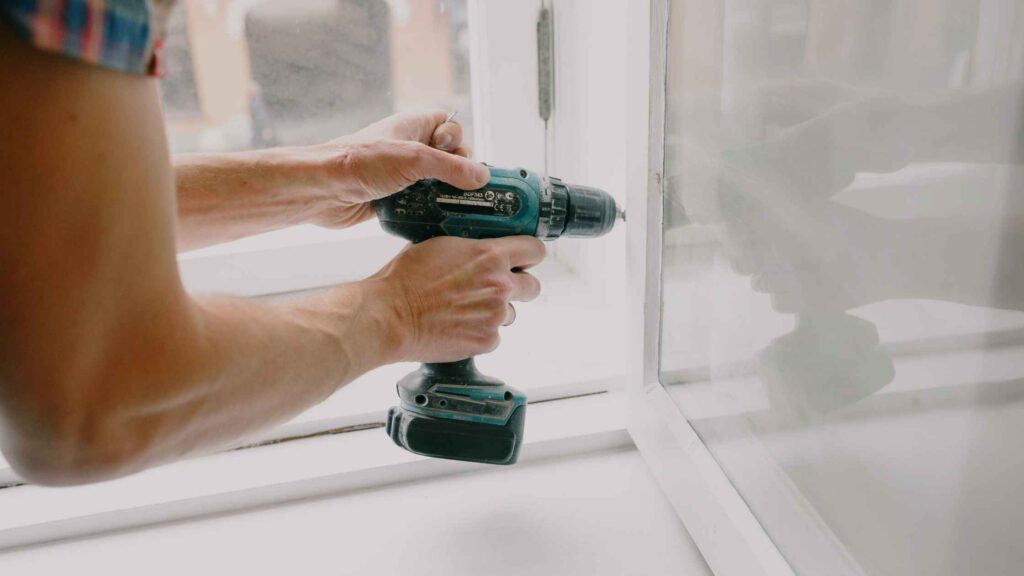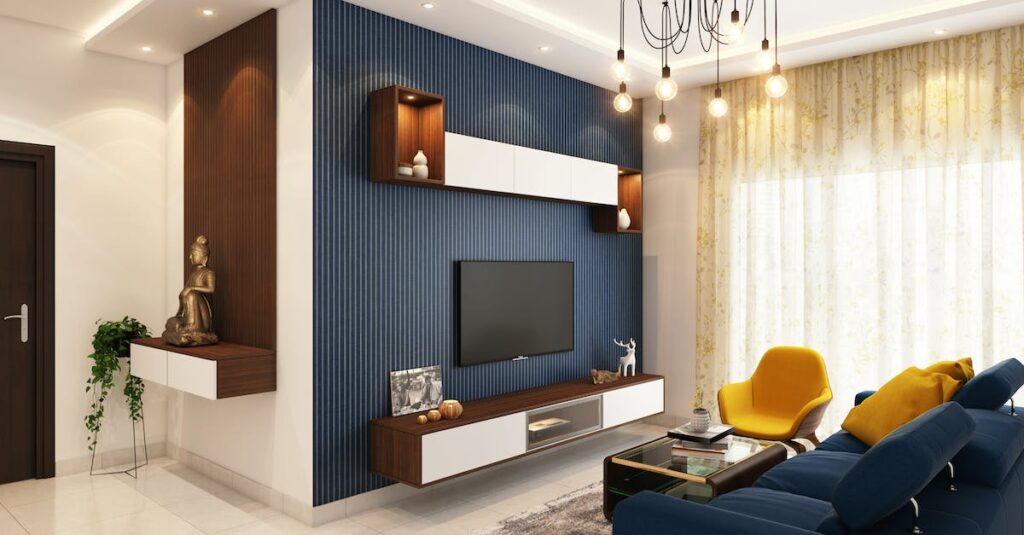Introduction
Renovating your rental home can be an exciting yet challenging endeavor. While it allows you to personalize your space and make it feel more like home, you must navigate the process of obtaining landlord approval. In this article, we will guide you through the process of renovating your rental home and help you understand the modifications you can and can’t make in your unit.
Understanding the Lease Agreement
Before you start planning any renovations, it is crucial to review your lease agreement thoroughly. Typically, leases contain clauses that outline the rules and restrictions regarding any modifications or renovations. Look for any explicit language regarding renovations, alterations, or improvements. Some leases may even require written consent from the landlord for any alterations.
Communicating with Your Landlord
Once you have familiarized yourself with the terms of your lease agreement, it’s time to have a conversation with your landlord. Open and honest communication is key to ensuring a smooth renovation process. Schedule a meeting or send a formal request outlining your renovation plans, including the specifics of the changes you wish to make.
During the discussion, be prepared to address any concerns your landlord may have. Assure them that you will hire professional contractors, obtain necessary permits, and restore the property to its original condition if required.
Types of Renovations and Modifications
Understanding which renovations and modifications are allowed in rental properties is essential. While rules may vary depending on the landlord and location, here are some common guidelines:
Cosmetic Changes
Cosmetic changes, such as painting the walls or changing window treatments, are generally allowed without seeking explicit landlord approval. However, it is still advisable to inform your landlord of any aesthetic changes you plan to make.
Non-Structural Changes
Non-structural changes refer to modifications that do not alter the property’s structural integrity. This may include installing new light fixtures, replacing cabinet hardware, or changing faucets. These changes typically require landlord approval, so make sure to include them in your request.
Structural Changes
Structural changes involve alterations that impact the property’s structure, such as knocking down walls or adding new rooms. These modifications almost always require written consent from the landlord, as they can significantly affect the property’s value and safety.
Important Factors to Consider
Before proceeding with any renovations, it is crucial to consider several factors:
Cost of Renovations
Evaluate the financial feasibility of your renovation plans. Will the improvements align with your budget, or would they exceed your means? It’s important to strike a balance between personalizing your space and staying within your financial limits.
Duration of Renovations
Consider the timeline of your renovations and its potential impact on your living situation. Some renovations may require you to temporarily move out of your unit, so plan accordingly and ensure you have accommodation arrangements in place.
Permits and Approvals
Find out if your planned renovations require any permits or approvals from local authorities. Failing to obtain the appropriate permits could lead to legal issues and further complications down the line.
Summary
Navigating landlord approval for renovations in rental homes is a crucial step in personalizing your living space. By understanding your lease agreement, communicating effectively with your landlord, and knowing the types of renovations permitted, you can ensure a successful renovation process. Remember to consider the cost, duration, and necessary permits for your renovations while respecting your landlord’s rules and restrictions. With careful planning and open communication, you can transform your rental home into a place that truly feels like your own.







